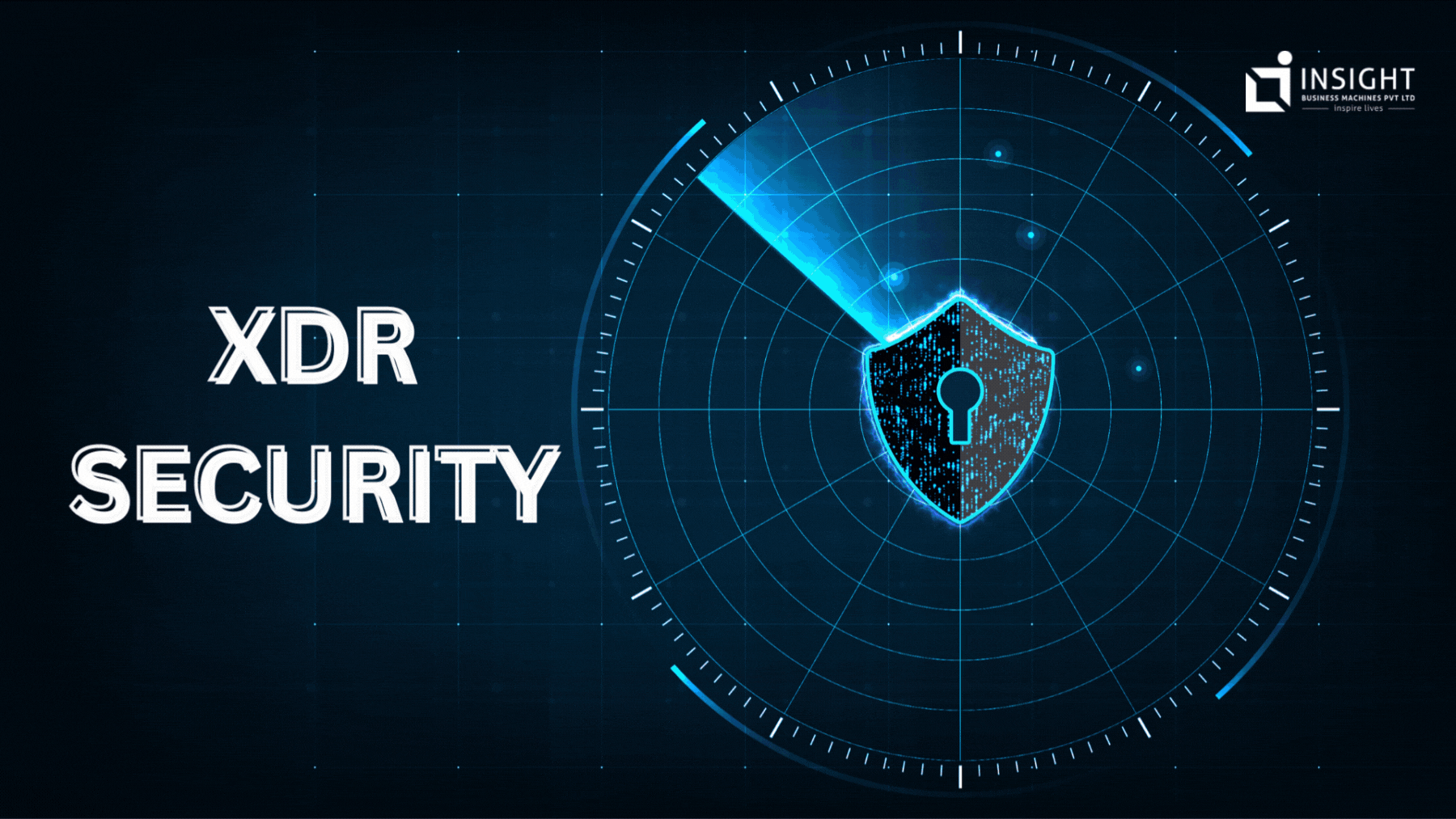
XDR Security: Unifying Defenses for Next-Generation Cybersecurity
ArticleIn the ever-evolving landscape of cybersecurity threats, traditional security approaches may no longer be sufficient to protect organizations from sophisticated attacks. As threat actors become more cunning and breaches more prevalent, a new paradigm in cybersecurity is emerging – Extended Detection and Response (XDR). XDR is a revolutionary approach that unifies and enhances security defenses, providing a comprehensive and proactive solution to combat modern cyber threats. In this article, we will delve into the world of XDR security, its key features, and the transformative impact it brings to the cybersecurity landscape.
Understanding XDR Security
Extended Detection and Response (XDR) is a holistic cybersecurity solution that consolidates and analyses data from multiple security sources across an organization's digital ecosystem. XDR leverages advanced analytics, artificial intelligence (AI), and machine learning to identify and respond to cyber threats with unmatched efficiency and accuracy. By aggregating data from endpoints, networks, cloud environments, and other security tools, XDR provides security teams with real-time visibility and context-rich insights into potential threats.
Key Features of XDR Security
Unified Visibility: XDR security offers a unified view of the entire security infrastructure, providing security analysts with a comprehensive understanding of the organization's security posture. By collecting and correlating data from various security tools, XDR enables a cohesive, cross-platform analysis of threats.
Advanced Threat Detection: XDR employs advanced analytics and AI-driven algorithms to detect even the most sophisticated cyber threats. By continuously analysing behavioural patterns and threat indicators, XDR can identify and prioritize potential security incidents with high accuracy.
Proactive Threat Hunting: XDR facilitates proactive threat hunting by enabling security teams to conduct detailed investigations into potential threats. By providing access to historical and real-time data, analysts can swiftly identify and mitigate threats before they escalate.
Automated Incident Response: XDR security streamlines incident response processes through automation. Upon detecting a threat, XDR can trigger automatic responses or suggest predefined actions to mitigate the risk, reducing the time to respond and minimizing the impact of attacks.
Cloud-Native Capabilities: With organizations increasingly adopting cloud technologies, XDR security extends its capabilities to cloud environments. This ensures that security coverage spans across on-premises infrastructure, endpoints, and cloud-based assets.
Context-Rich Insights: XDR not only alerts security teams to potential threats but also provides context-rich insights into the threat landscape. By understanding the entire attack chain, security analysts can make informed decisions and allocate resources effectively.
Conclusion
In a digital landscape where, cyber threats are increasingly sophisticated and persistent, organizations need a new breed of cybersecurity solution to defend against these evolving risks. XDR security is the answer, providing unified visibility, advanced threat detection, proactive threat hunting, automated incident response, cloud-native capabilities, and context-rich insights. By leveraging the power of XDR, organizations can enhance their cybersecurity defenses, detect threats more effectively, and respond swiftly to mitigate risks, ensuring the safety and continuity of their operations in an ever-changing threat landscape. Embrace XDR security today and fortify your organization's defenses for a safer digital future.